Physicians, herbalists, shaman, midwives, and grandmothers have been suggesting specific remedies for illnesses since the dawn of time. Over the years, we’ve progressed to creating dosing guidelines, implementing testing protocols, establishing laboratories, and ensuring precise and controlled medication dosage. It’s an impossible task to account for all the medications that have transformed daily life, and this compilation doesn’t purport to be exhaustive. Nonetheless, to amplify our appreciation for the advancements in medicine, here are 25 Groundbreaking Medicines That Have Revolutionized The World.
Aspirin
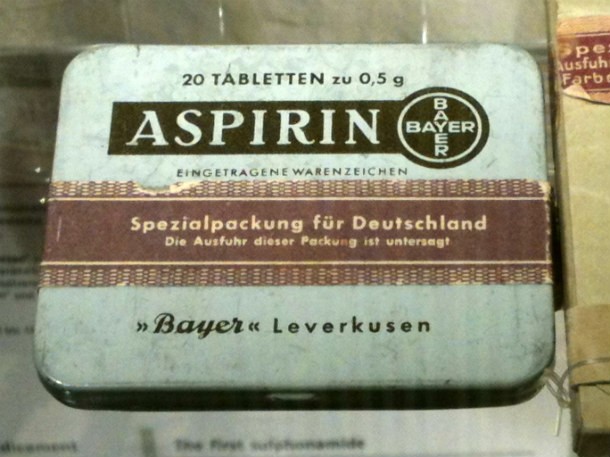 Source: https://www.britannica.com
Source: https://www.britannica.com First introduced in 1899 by Farbenfabriken Vormals Friedrich Bayer & Co (now just Bayer), aspirin is still one of the most common over the counter pain relieving drug used today and is sometimes used daily as a treatment for those at risk for heart attack.
Viagra
 Source: http://www.cnbc.com/
Source: http://www.cnbc.com/ If you’re over the age of 18, you know what Viagra is and what it’s used for. The Little Blue Pill was first available in March of 1998, and it has definitely increased the quality of life for many men and women.
Chlorpromazine AKA Thorazine
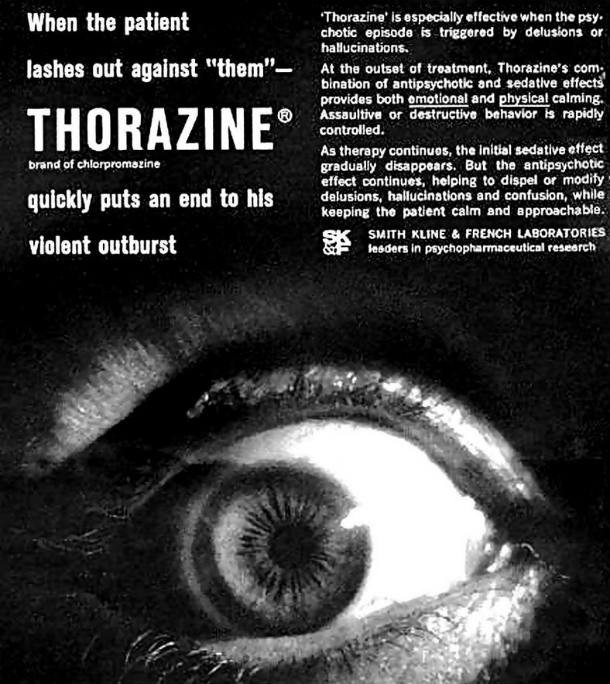 Source: http://www.cnbc.com/ Image Source: https://en.wikipedia.org (public domain: published between 1923 & 1977)
Source: http://www.cnbc.com/ Image Source: https://en.wikipedia.org (public domain: published between 1923 & 1977) This drug changed psychiatric medications. Before it’s introduction, people could either suffer or take lithium, and those were your only options. So those suffering from general anxiety had no help whatsoever, and those suffering from more severe issues such a bipolar disorder or schizophrenia could often not function in society. Thorazine changed all that, and opened the door for many new psychiatric drugs. It is still considered to be one of the most vital medications needed for a basic health care system.
Penicillin
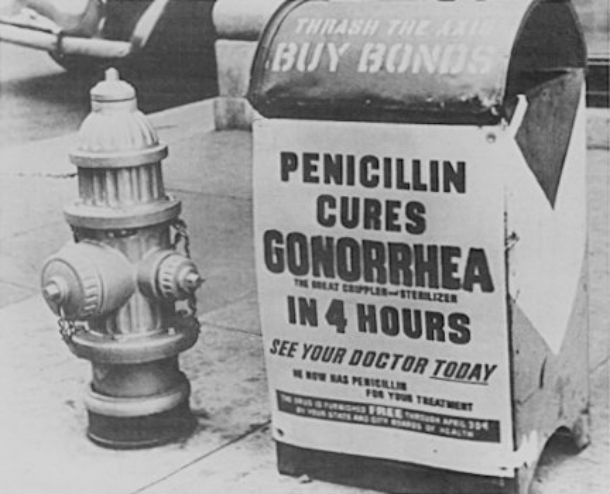 Source: https://www.britannica.com Image Source: commons.wikimedia.org (public domain)
Source: https://www.britannica.com Image Source: commons.wikimedia.org (public domain) Alexander Fleming discovered penicillin in 1928, and with the help of a pathologist named Howard Walter Flored and a bicochemist named Ernst Boris Chain, was able to isolate and purify it to produce the first and still used antibiotic. Countless lives have been saved from this; it revolutionized medicine and treatment of infections.
Lipitor
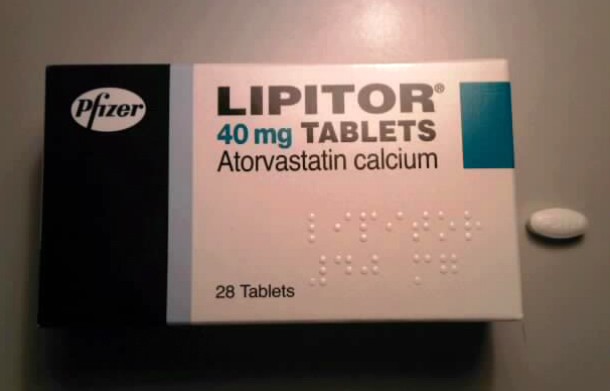 Source: http://www.cnbc.com/
Source: http://www.cnbc.com/ Lipitor is from a class of drugs known as Statins, which are drugs that treat high cholesterol and therefore heart disease. While they decrease bad cholesterol which is what puts someone at risk for heart disease, they also decrease the liver’s production of good cholesterol and can have some weird side effects. Still, even when side effects are accounted for, Lipitor has saved thousands of lives since it’s introduction in 1985, improved the quality of millions of lives, and is the best selling prescription drug of all time.
Benadryl
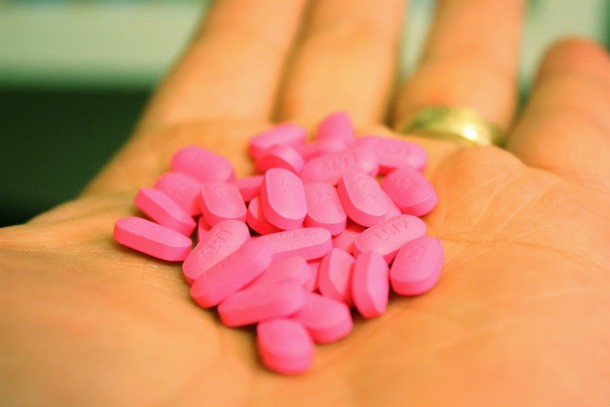 Source: http://www.ohiohistorycentral.org/
Source: http://www.ohiohistorycentral.org/ Benadryl was first approved in 1946, and you needed a prescription for it. Discovered in Ohio by a man named George Rieveschl, who was looking for a cure to muscle spasms. Instead, an amazing antihistamine was discovered that helps with everything from cold symptoms to hives and bug bites; it even helps treat symptoms of Parkinson’s disease. In the 1980’s the FDA approved Benadryl for over the counter use. Most homes in the US have now have a bottle of Benadryl in the cabinet “just in case” there’s an allergic reaction.
Levothyroxine
 Source: https://www.drugs.com Image Source: commons.wikimedia.org (public domain)
Source: https://www.drugs.com Image Source: commons.wikimedia.org (public domain) This drug is a synthetic replacement for the hormone produced by the Thyroid gland for those who suffer from hypothyroidism, or under active thyroid. Having an under active thyroid sucks. Just a few of the fun symptoms include: fatigue, thinning hair, weight gain, constipation, dry skin..the list goes on, and it doesn’t get better. For people suffering from this, Levothyroxine has absolutely changed their lives.
Mechlorethamine
 Source: https://www.britannica.com
Source: https://www.britannica.com In 1949, Mechlorethamine became the first drug approved by the FDA for cancer treatment. Ironically, it came from things that were originally developed for chemical warfare – Nitrogen Mustards. Mechlorethamine is still used as cancer therapy for Hodgkin’s disease and other kinds of lymphoma and leukemia.
Albuterol
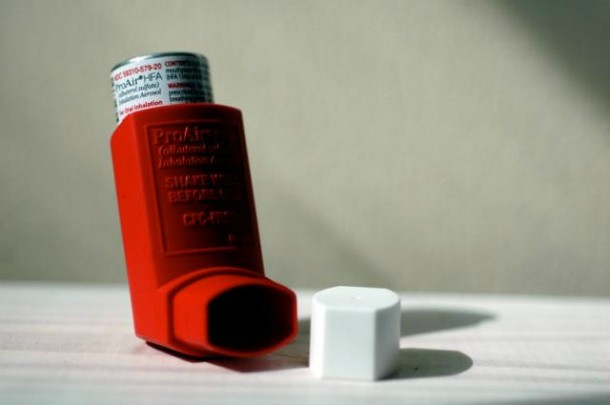 Source: https://en.wikipedia.org
Source: https://en.wikipedia.org Salbutamol AKA Albuterol opens up the airways in your lungs. If you have an asthma inhaler, it’s very likely this is the drug that’s in it. First made in the 1960’s in Great Britain, it was approved for use in the United States in the 1980’s and has saved countless lives. It’s kept the author out of the Emergency Room more than once.
RhoGAM shot
 Source: http://www.pregnancycorner.com/ Image Source: www.publicdomainpictures.net (public domain)
Source: http://www.pregnancycorner.com/ Image Source: www.publicdomainpictures.net (public domain) Your Rh factor is either Rh+ or Rh-. The majority of people are Rh+, but when someone who is Rh- gets pregnant, it can cause complications and often miscarriage if the baby is Rh+. RhoGAM is a shot given to women who are Rh- at specific points during her pregnancy to protect the baby and enable healthy deliveries.
Note: If you’re not sure what your Rh factor is, you can know by your blood type. For instance, if you’re O-negative or O-positive, that “negative” or “positive” is referring to your Rh factor. Don’t know your blood type and expecting? No need to worry; your doctor will test your Rh factor as part of the routine blood work.
Zidovudine (AZT)
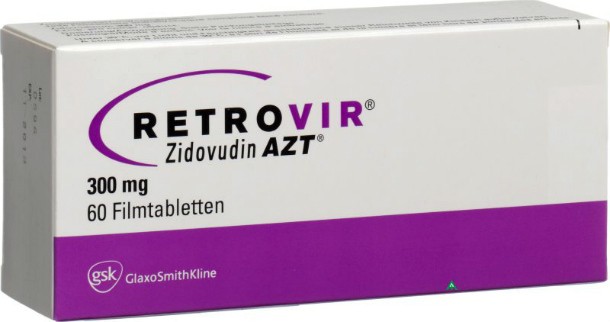 Source: https://www.google.com
Source: https://www.google.com Zidovudine AKA AZT was first introduce in 1987, and it was was HUGE breakthrough for those living with HIV/AIDS. It doesn’t cure HIV/AIDS, but when used with other therapies, it often helps HIV patients from progressing to full AIDS. It can also be used during childbirth to keep an HIV+ mother from passing HIV onto her child.
Ritalin
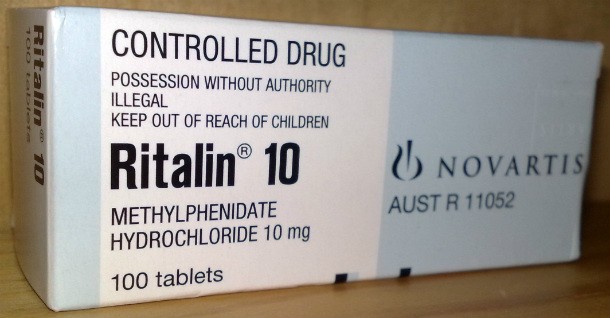 Source: https://www.drugs.com/ Image Source: commons.wikimedia.org (public domain)
Source: https://www.drugs.com/ Image Source: commons.wikimedia.org (public domain) Methylphenidate AKA Ritalin is, for some children, a wonder drug. Children with ADD or ADHD have gotten relief from their symptoms and are able to more easily focus and function in school and other activities. While there’s much debate about medicating children, and if Ritalin is over prescribed, there is no question that for some children and families, it has vastly improved quality of life.
Clomid
 Source: http://www.advancedfertility.com/
Source: http://www.advancedfertility.com/ This medication is used to regulate estrogen levels in women. This can help treat PCOS (Poly Cystic Ovarian Syndrome), a painful condition where women develop cysts on their ovaries, may not ovulate regularly or at all, and can often lead to infertility. Clomid helps women with PCOS and several other infertility issues regulate their estrogen and ovulate, which allows them to conceive.
General Anesthesia
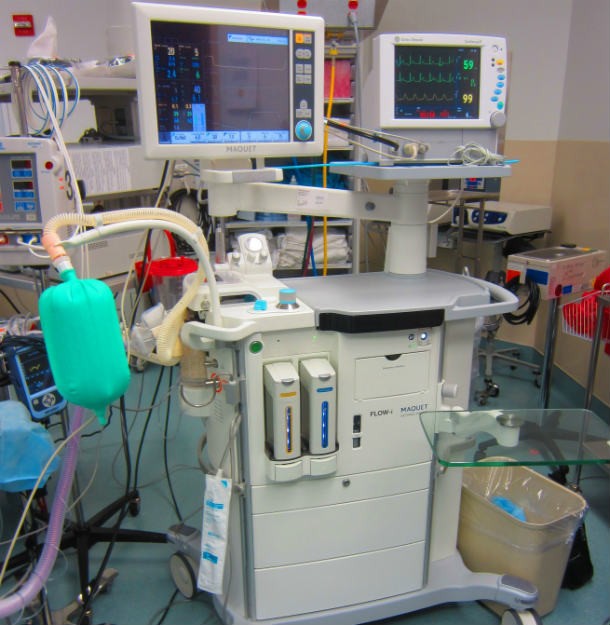 Source: https://en.wikipedia.org
Source: https://en.wikipedia.org Some form of what we now call General Anesthesia has been used for literally thousands of years. It can be traced in some form back through most ancient civilizations, usually involving opium or cocaine in some form. In 1846,William T. G. Morton first demonstrated the use of ether anesthesia for surgery, and the foundations of modern general anesthesia were born.
Salvarsan
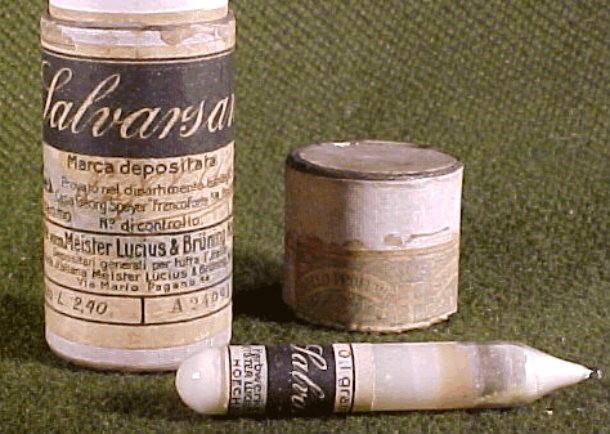 Source: http://gajitz.com/
Source: http://gajitz.com/ Arsphenamine AKA Salvarsan was discovered in Germany in the early 1900’s as the first effective treatment for Syphilis and was also the first chemotherapeutic drug. Salvarsan and similar treatments were replaced by penicillin the 1940’s, but it was a HUGE change for patients around the world who had syphilis, as previous treatments all contained Mercury. While we no longer use this particular drug, it opened up a whole new world of therapies and treatments for everything from STD’s to cancer.
Prozac
 Source: http://www.popsci.com/
Source: http://www.popsci.com/ Prozac was first approved in 1987, and since then it has been joined by a small family of SSRI’s – Selective Serotonin Reuptake Inhibitors – which has not only helped countless people who suffer from depression but has also helped changed the way society looks at depression and other forms of mental illness. Yes, it’s really an illness; you can’t just tell yourself to be happy and try harder; however, you CAN get treatment, without shame.
Morphine
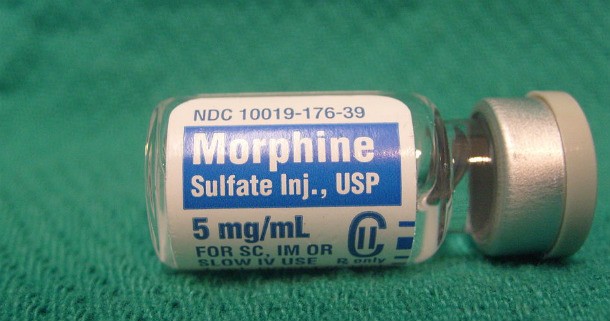 Source: https://prezi.com/
Source: https://prezi.com/ Morphine is an opiate derivative used to manage pain that was first isolated in 1806. Opiates have been used throughout history both as pain management and recreational drugs, but the advent of medical grade refined morphine has eased suffering for many while healing or dealing with terminal illness.
Lasix
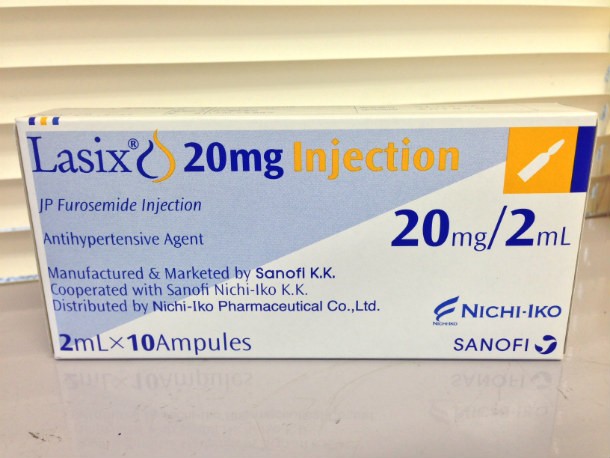 Source: www.webmd.com
Source: www.webmd.com Furosemide AKA Lasix is used to control fluid build up in the body due to heart failure, liver issues, or kidney disease. It’s used to treat high blood pressure, lessening the risk for heart attack and stroke as well as edema (swelling of the limbs).
Zofran
 Source: https://www.drugs.com
Source: https://www.drugs.com If you’ve ever gone under general anesthesia and not vomited uncontrollably upon waking up, you can probably thank Zofran (AKA Ondansetron). Developed in the 1980’s, Zofran blocks the chemicals in your brain that make you nauseated. It can be injected into an IV or taken as a pill. It also helps with nausea associated with chemotherapy and radiation as well as sometimes helping those with gastroenteritis. You don’t realize how important eating is until your body won’t let you for awhile.
Ambien
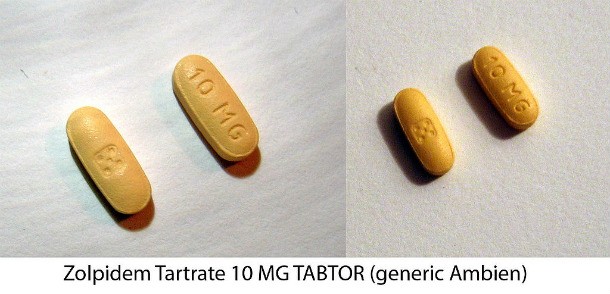 Source: https://en.wikipedia.org Image Source: commons.wikimedia.org (public domain)
Source: https://en.wikipedia.org Image Source: commons.wikimedia.org (public domain) Zolpidem, generally known as Ambien, is a sedative that helps you get to sleep. While it isn’t shown to help maintain sleep unless it’s a controlled release dose, it has helped millions of people feel more rested and get their circadian rhythm adjusted normally since Ambien was introduced in 1991. Zolpidem is now available in several generic forms.
Epinephrine
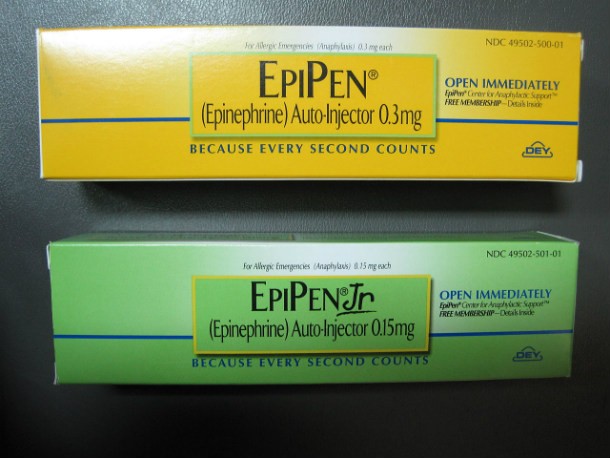 Source: http://www.huffingtonpost.com
Source: http://www.huffingtonpost.com Epinephrine is synthetic adrenaline, and when injected into the body, it does a couple things – it raises blood pressure, and it opens airways. That opening airways part is really important if you’re having an asthma attack or going into anaphylactic shock because of an allergic reaction. Epinephrine is what’s inside of an EpiPen, first approved in 1987. If you don’t know what an EpiPen is, it’s a small device, about the size of a large black marker, that auto injects a single dose of life-saving Epinephrine in the event of an adverse reaction.
Truvada
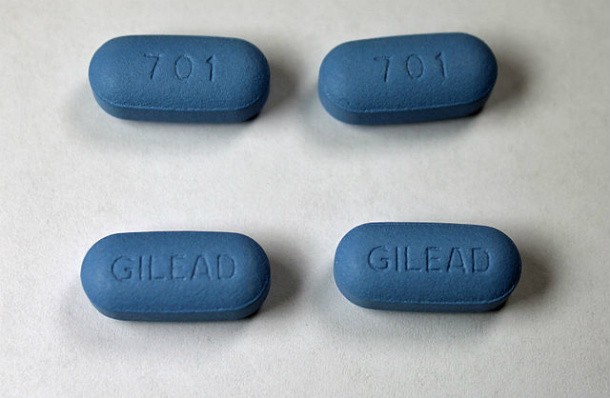 Source: http://www.truvada.com/
Source: http://www.truvada.com/ Truvada is an HIV antiviral, which can help treat HIV and reduce the risk of infection if taken regularly before exposure. This is a HUGE step for those at risk for HIV – for instance, those with HIV+ spouses or partners – and the medical community as a whole.
Enovid
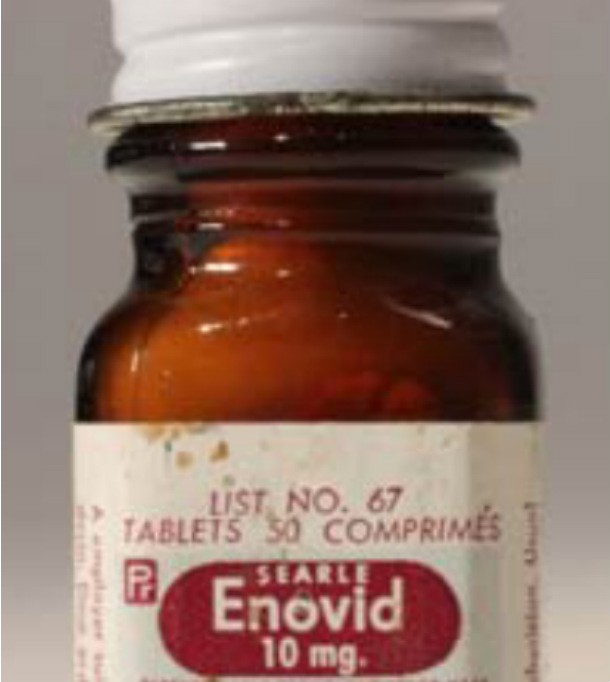 Source: http://www.ourbodiesourselves.org/health-info/a-brief-history-of-birth-control/
Source: http://www.ourbodiesourselves.org/health-info/a-brief-history-of-birth-control/ The first hormonal contraceptive, Enovid, was approved for use in 1960 as a pill taken daily. Now there are several different delivery methods available for hormonal birth control – shots, implants in your arm, skin patches, and vaginal rings. Not only has Birth Control given women more control over when they conceive, it helps treat PCOS as well as other, painful, just awful, menstrual disorders, which means that women who suffer from those things…well…suffer less.
Warfarin
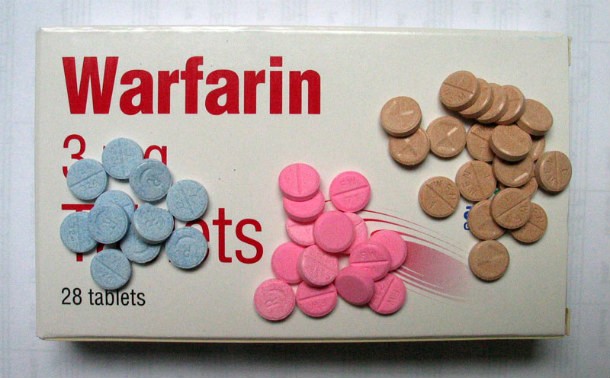 Source: http://www.webmd.com/
Source: http://www.webmd.com/ Warfarin AKA Coumadin is an anticoagulant, not a blood thinner. It doesn’t make the blood thinner, it just keeps it from clotting as effectively. It’s used to treat blood clots or those who have had previous issues with blood clots such as thrombosis, stroke, heart attack or embolism. It’s also used after some surgeries to keep the body from developing clots and causing such issues and has saved many, many lives.
Insulin
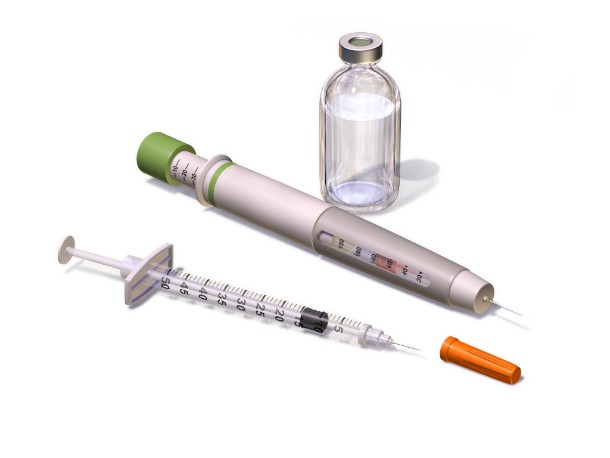 Source: https://www.karger.com
Source: https://www.karger.com Insulin was discovered in 1921 by a team of Canadian scientists, and it drastically increased not only quality of life but life expectancy for those with both type I and type II Diabetes. Insulin helps our bodies process sugar and is made by the pancreas. When the pancreas doesn’t make enough insulin, your body’s blood sugar levels get off and can result in things like coma and death. Insulin keeps that from happening in people whose pancreas has decided it’s not going to make enough.
Photos: 25. ANKAWÜ via wikimedia commons, 24. Tim.Reckmann via wikimedia commons, 21. Panthro at English Wikipedia, 20. John Nakamura Remy via flickr, 18. businesswire.com (fair use: illustrative purposes only), 17. NIAID via flickr, 15. healthprose.org (fair use: illustrative purposes only), 13. thefertilechickonline.com (fair use: illustrative purposes only), 12. diverdave via wikimedia commons 11. theodoredalrymple.wordpress.com (fair use: illustrative purposes only), 10. Tom Varco via wikimedia commons, 9. Vaprotan via wikimedia commons, 8. melvil via wikimedia commons, 7. Intropin via wikimedia commons, 5. Intropin via wikimedia commons, 4. Jeffrey Beall via wikimedia commons, 3. User:Tirante via wikimedia commons, 2. Gonegonegone at English Wikipedia, 1. Blausen.com staff. “Blausen gallery 2014”. Wikiversity Journal of Medicine. DOI:10.15347/wjm/2014.010. ISSN 20018762.



























